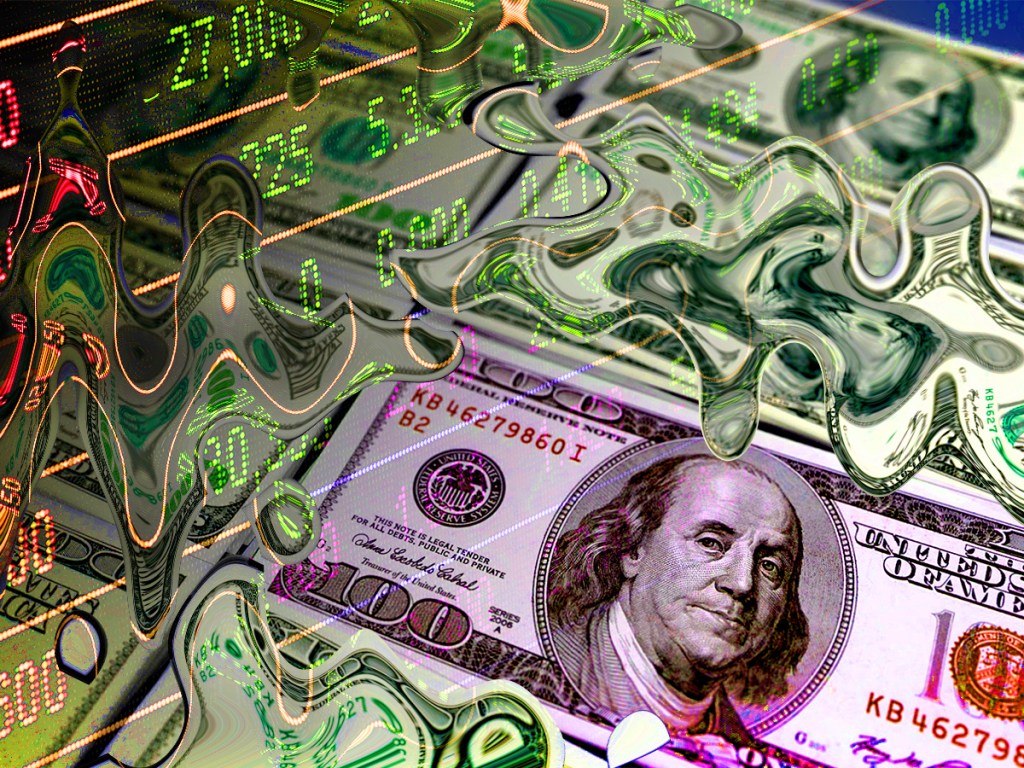BlockFi Bankruptcy: A couple weeks ago it looked as if the writing was on the wall for beleaguered crypto lender BlockFi. Well now, it’s official – BlockFi has filed for bankruptcy blaming the “shocking” FTX collapse as the reason for its downfall. But not everyone is buying their excuse.
Yesterday, BlockFi announced it had filed for Chapter 11 bankruptcy in relation to the company and its 8 subsidiaries. According to an official statement, BlockFi apparently has US$256.9 million cash and has made an application to “pay employee wages and continue employee benefits without disruption”.
BlockFi’s horror show of a year
Earlier this year, BlockFi found itself the subject of a Securities and Exchange Commission (SEC) investigation that led to the US regulator levying a fine of US$100 million for BlockFi’s failure to register the “offer and sales of its retail crypto lending product”.
And then just a few short months later, BlockFi found itself in the midst of a liquidity crisis at which point FTX “came to the rescue” to the tune of around US$250 million. Its CEO Zac Prince tweeted at the time that the capital would be used to “bolster BlockFi’s balance sheet and platform strength”.
As it turns out, FTX’s move to “rescue” BlockFi and other companies was likely less about protecting industry as much as it was about obfuscating its shady activities and financial standing, built largely on the house of cards that was the FTT token. Shortly after the FTX implosion, BlockFi paused withdrawals on its platform, triggering widespread fear that the controversial lender was in trouble.
At the time, BlockFi denied that most of its assets were held on FTX but did concede: “We do have significant exposure to FTX and associated corporate entities that encompasses obligations owed to us by Alameda, assets held at FTX.com, and undrawn amounts from our credit line with FTX.US”.
Although this remains without clear evidence, it’s been suggested that part of the deal for “rescuing” BlockFi was a condition that customer assets be held on FTX. Knowing what we now know about Sam Bankman-Fried and FTX – that customer deposits were used to trade – this is entirely plausible.
Now, against what can only be described as an unceremonious fall from grace, BlockFi has found itself having to declare bankruptcy.
BlockFi Bankruptcy
In its statement, the company expressed a commitment to “maximise value for all stakeholders, including our valued clients”. The company is said to have over 100,000 creditors, including US$275 million owed to FTX and US$30 million to the SEC.
Overall, the news has been met with harsh criticism, less at BlockFi, but more at the SEC whose regulation by enforcement has arguably done little in the way of consumer protection.
Instead, as has been illustrated in this case, the SEC’s actions have only served to further reduce what’s left to divvy up to ordinary clients once bankruptcy proceedings are complete. Once again it seems, the little guy cops it.





